Air pollution increases the risk of viral diseases, and generates higher mortality from COVID-19
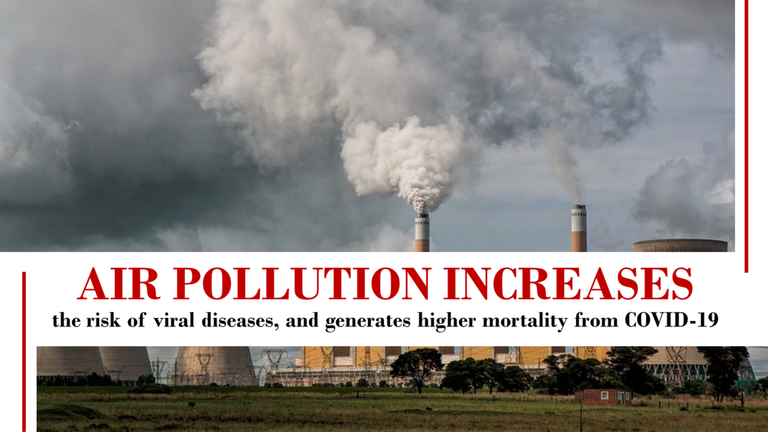
We have always heard that exposing ourselves to or frequenting environments that present air pollution (pollution of the air we breathe) can have consequences on our health, mainly because polluted air contains toxic substances, for example; carbon monoxide, carbon dioxide, sulfur dioxide, methane, nitrogen monoxide, ozone, chlorofluorocarbons, and it has been shown, that these substances affect our respiratory system by deteriorating the pulmonary system, leading to the subsequent onset of diseases such as asthma, bronchitis, pneumonia, and lung cancer.
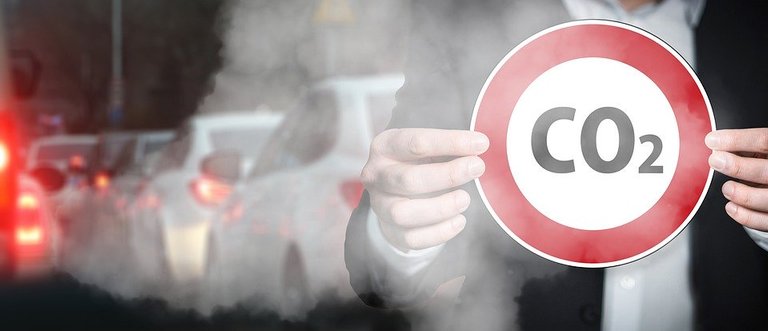
Fig. 2 Carbon monoxide, nitrogen oxides, sulfur oxides, and carbon dioxide are the main polluting gases generated by vehicles. Image of public domain, Author: Geralt, 20200
On this occasion, and with the aim of socializing descriptive environmental information, I wanted to share with the members of the community @ecoTrain some scientific deductions, made in the current context of pandemic, by comparing the high air pollution presented by some eco-regions, and its relationship with increased infections and deaths from COVID-19.
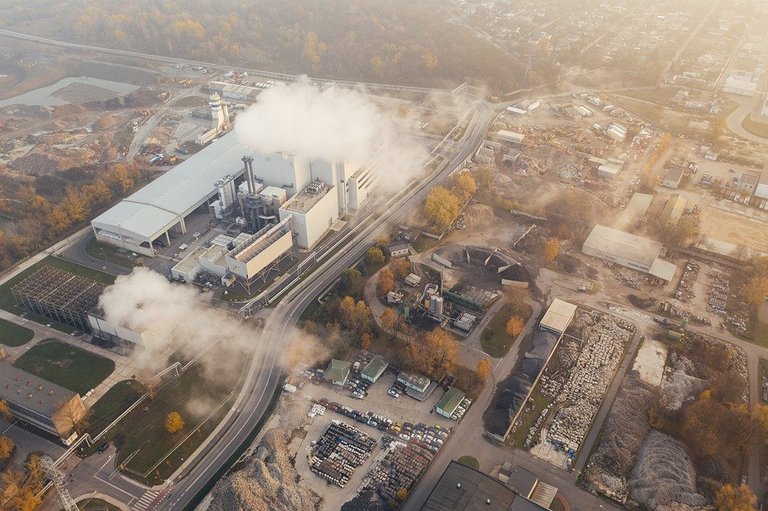
Fig. 3 Experimental data of ecological nature show that industrialized countries generate higher levels of contaminating gases. Image of public domain, Author: Marcinjozwiak, 2020
As I mentioned at the beginning, it is known that air pollution causes delicate and persistent inflammatory responses in humans, which increases the risk of pathogenic infection mainly by virus, which is why specialists in the field of deterioration of wild ecosystems, ensure that the microorganism identified as COVID-19 / SARS-CoV-2 whose clinical manifestations of a respiratory nature are of fatal incidence, its behavior is more virulent in industrialized countries, essentially due to the high levels of air pollution that have already been reported in the main cities of these countries, where people do not breathe clean air, and therefore are at greater risk of contracting the Coronavirus, and therefore record the highest incidences of deaths.

Fig. 4 The microorganism identified as COVID-19 / SARS-CoV-2 is more virulent in industrialized countries. Image of public domain, Author: Danielkirsch, 2019
It is important to point out that not only industrialized countries are extremely affected by COVID-19, since in the case of countries or eco-regions, where high levels of air pollution have been reported as a result of forest fires, as in the case of Brazil, the main Amazon country with the largest area affected by forest fires, or countries with a long history of livestock and agriculture, whose set of practices prescribes large discharges of methane gas and carbon dioxide into the environment, is another variable, which undoubtedly also creates atmospheric imbalances, and thus promotes vulnerability to multiple respiratory diseases associated with the attack of these viruses.
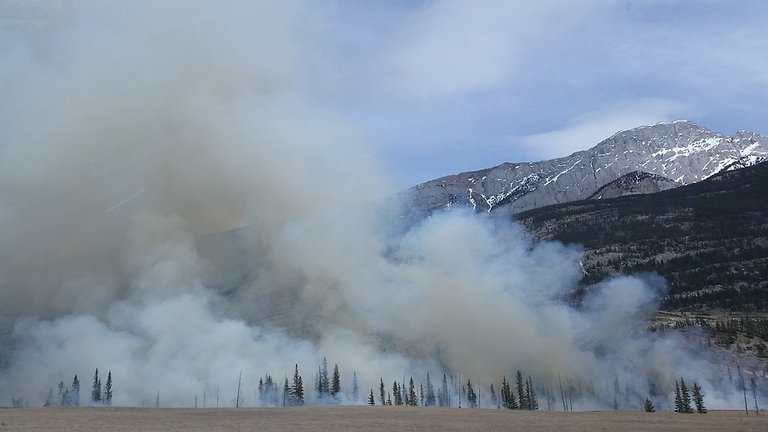
Fig. 5 Countries that have suffered repeated forest fires have been extremely affected by COVID-19. Image of public domain, Author: Jkburton, 2016
If we analyze the context of the current pandemic, and its correlation with industrialized countries, or those that certify air pollution problems, it is clear that we will find the largest cases of infections and deaths by COVID-19, hence, it is not simply a matter of getting to this point, to realize the serious impact that has meant not acting and stop air pollution, but also, these brief and modest lines seek a space for reflection, and start taking action from the individual, to have an impact from the collective.
BIBLIOGRAPHICAL REFERENCES CONSULTED:
[1] CiencewickiIlona J., and JaspersIlona J. Air Pollution and Respiratory Viral Infection. Inhalation Toxicology. 2007; 19; 14: 1135-46. Article: Online access
[2] Domingo J., and Rovira J. Effects of air pollutants on the transmission and severity of respiratory viral infections. Environ Res. 2020; 187 Article: Online access
[3] Crea. How air pollution worsens the COVID-19 pandemic. Centre for Research on Energy and Clean Air. 2020. Article: Online access
[4] Rhodes C., and Anderson R. Forest-fire as a model for the dynamics of disease epidemics. Journal of the Franklin Institute. 1998; 335; 2: 199-211. Online access
[5] Rojas M., . Nejadhashemi A., Harrigan T., and Woznicki S. Climate change and livestock: Impacts, adaptation, and mitigation. Climate Risk Management. 2017; 16: 145-163. Article: Online access
OBSERVATION

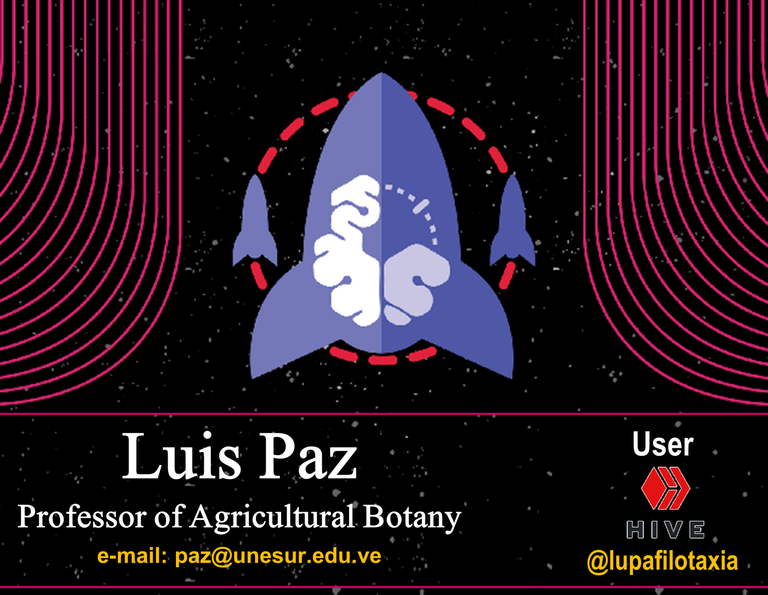
https://twitter.com/lupafilotaxia/status/1311588618318819328
#Posh Twitter:
https://twitter.com/lupafilotaxia/status/1311588618318819328
Thank you for posting great content to the ecoTrain community! Your post has been featured in our regular What's Up! Curation post. Come check it out and see what else is going on in the community this week. Theres lots of great posts and like minded people waiting to be discovered ;-)
https://peakd.com/hive-123046/@ecotrain/what-s-up-sustainable-curation-from-the-ecotrain-community-on-hive-24
I am honored to have one of my publications published in the What's Up! I confess that when I decided to write for @ecoTrain, I did it with some disorientation, because I didn't know if my writing style would please you and if it would adapt to your healing guidelines, but now seeing that my entries besides having the support of the community, are also incorporated into your reports, are two elements that force me to print more commitment to you in order to repay the trust you have given me. Thank you, thank you.